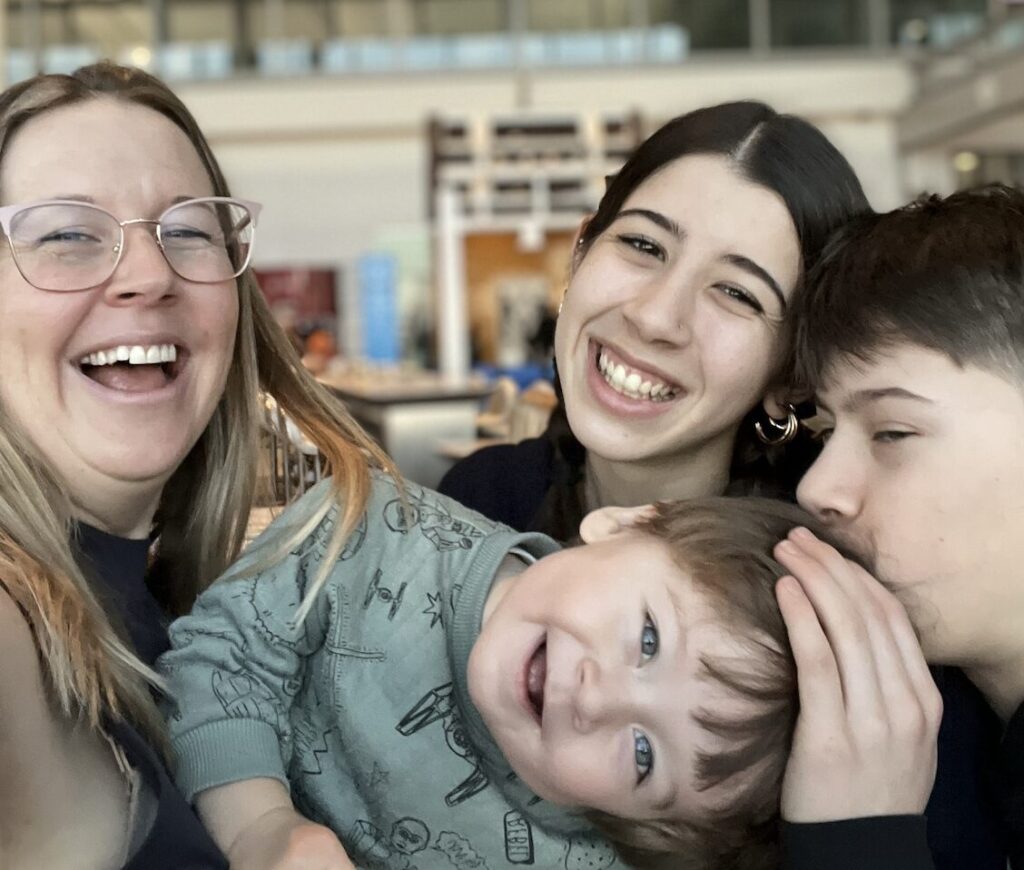As professional athletes examine how they handle concussions, parents should take a hint.
When Canada’s hockey sweetheart Sidney Crosby suffered a major concussion this past January, his injury and lengthy recovery created a flurry of discussion in hockey circles and among parents of kids who are active in sports: How common are concussions? Are we treating them properly? And are we sending our kids back into action too soon?
A concussion is a brain injury that causes a number of physical symptoms and alters the way a person thinks and remembers things. (For symptoms, see below.) It can result from a blow to the head, face or neck, or even a major blow to the body. The person does not have to be knocked out (lose consciousness). “It’s the jiggling of the brain inside the skull that causes concussion,” says Dr. Charles Tator, a professor of neurosurgery at the University of Toronto, and founder of ThinkFirst Canada, a Toronto-based organization that works to prevent brain and spinal cord injury through education. “Two kids can collide on the ice, with no striking of either head, and they can both be concussed.”
Concussions are often called “the invisible injury” because they cannot be seen on X-rays or CT scans; the actual diagnosis can only be made by a trained health-care professional.
“We want parents to learn how to suspect a diagnosis, and then seek an expert opinion,” says Dr. Tator. “If the child has a concussion, the proper treatment is important, to prevent the cumulative effect of head injury – you don’t want a child to sustain another head injury before they’ve recovered from the first one. A second concussion before a child is completely healed can be fatal.”
The signs and symptoms of concussion usually last for seven to 10 days, but can last much longer. “The more parents adhere to the recovery guidelines, the faster the recovery will be,” says Dr. Tator. The most important treatment for a concussion is physical and mental rest.
“A lot of parents don’t know that the child needs mental rest as well as physical. No
complex video games, no computer, no homework. Physical exertion brings on the symptoms, but mental rest is equally important so the child doesn’t stress the brain during the healing process.”
Post-Concussion symptoms
ThinkFirst.ca says to watch for these signs:
On the scene
- Does not know time, date, place, period of game, opposing team, score of game
- General confusion
- Cannot remember things that happened before and after the injury
- Knocked out
Ongoing Complaints
- Headache and dizziness
- Feels dazed
- Feels “dinged” or stunned; “having my bell rung”
- Sees stars, flashing lights
- Ringing in the ears
- Sleepiness
- Loss of vision, double or blurred vision
- Stomachache/stomach pain, nausea
Other Problems can include poor coordination or balance, blank stare, vomiting, slurred speech, slow to respond or follow directions, easily distracted, poor concentration, strange or inappropriate emotions, and not playing as well.
Return to Sport Guidelines
ThinkFirst promotes a step-wise approach to determining when it’s safe for your child to get back in the game. (If concussion signs and symptoms exist, no activity.) Each step must take a minimum of one day. If concussion symptoms recur (e.g. headache, nausea) during the activity or later that day, your child should stop the activity immediately and rest for at least 24 hours. Your child should be seen by a doctor and cleared again before starting the step-wise protocol again.
- No activity, complete rest. Once back to normal and cleared by a doctor, go on to step
- Light exercise such as walking or stationary cycling, for 10–15 minutes.
- Sport specific activity (ie. skating in hockey, running in soccer), for 20–30 minutes. NO CONTACT.
- “On field” practice such as ball drills, shooting drills, and other activities with NO CONTACT (ie. no checking, no heading the ball, etc.).
- “On field” practice with body contact, once cleared by a doctor.
- Game play.
Published in May, 2011.









